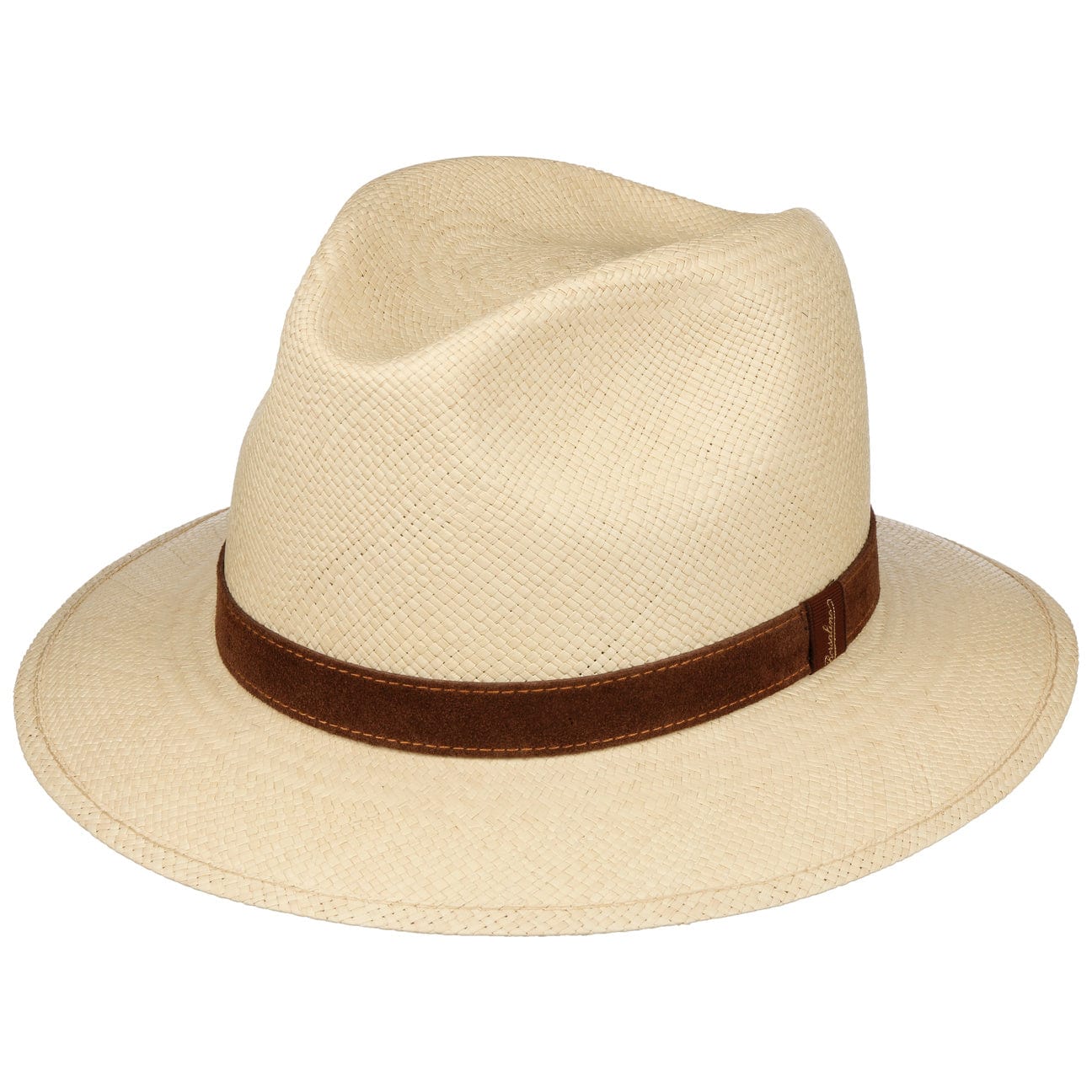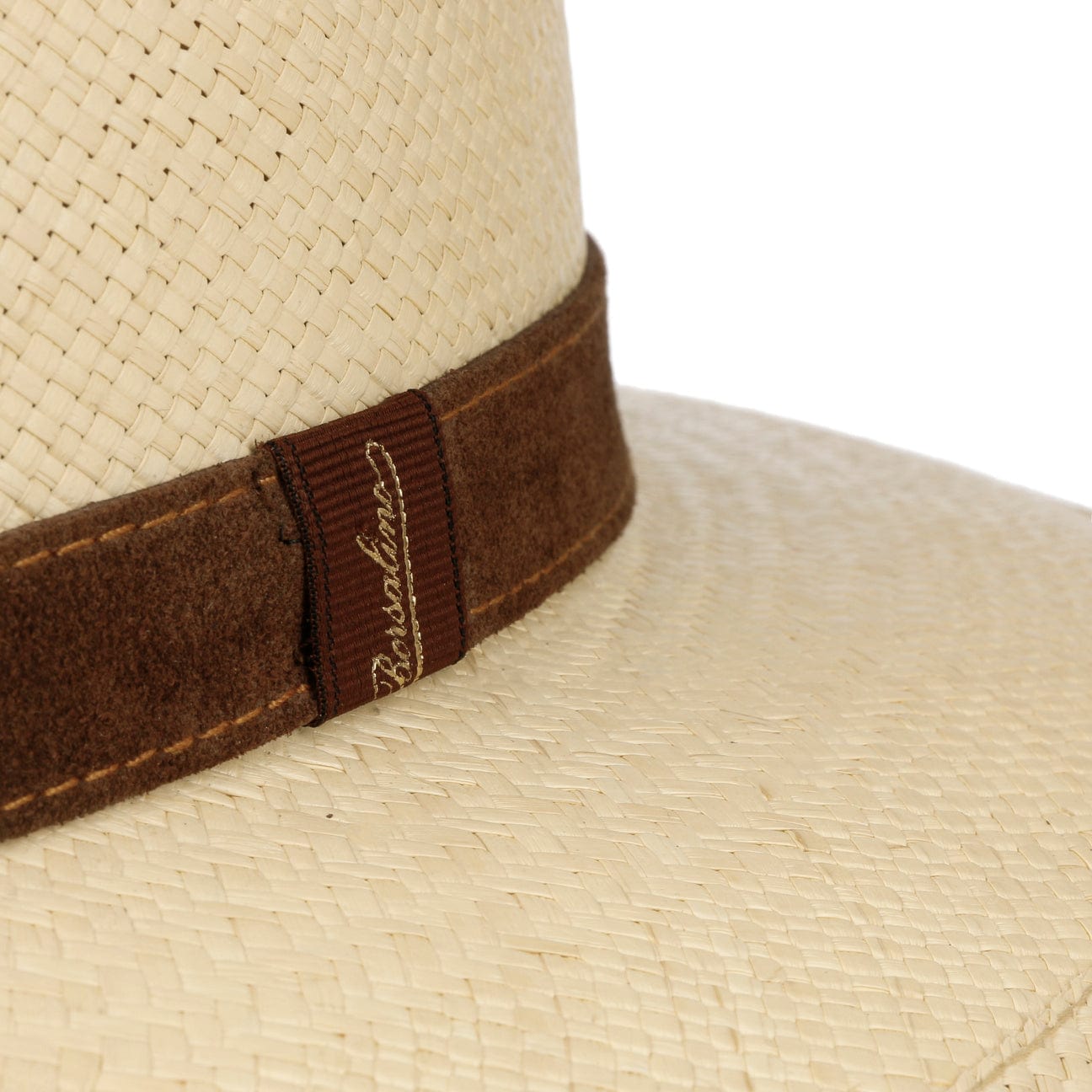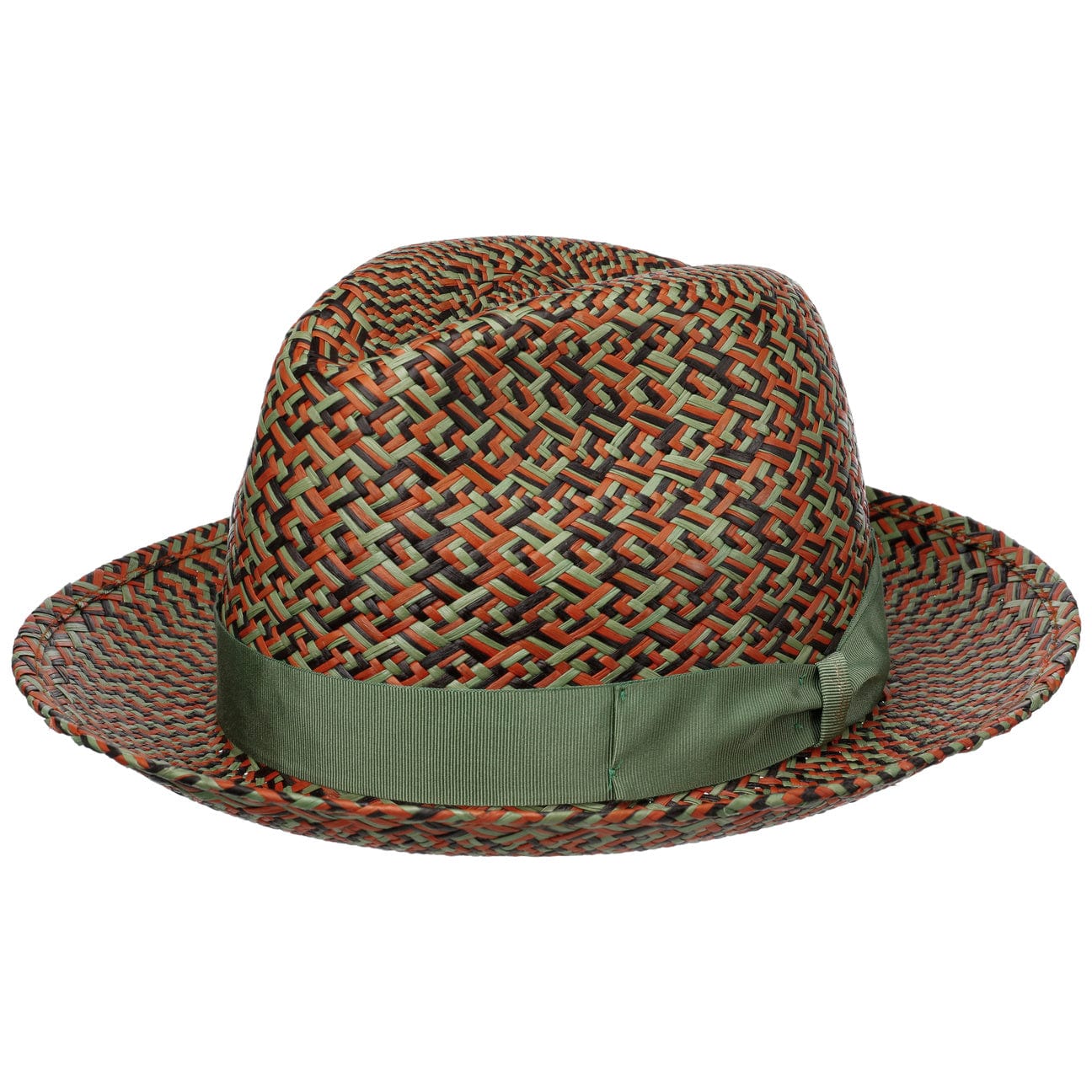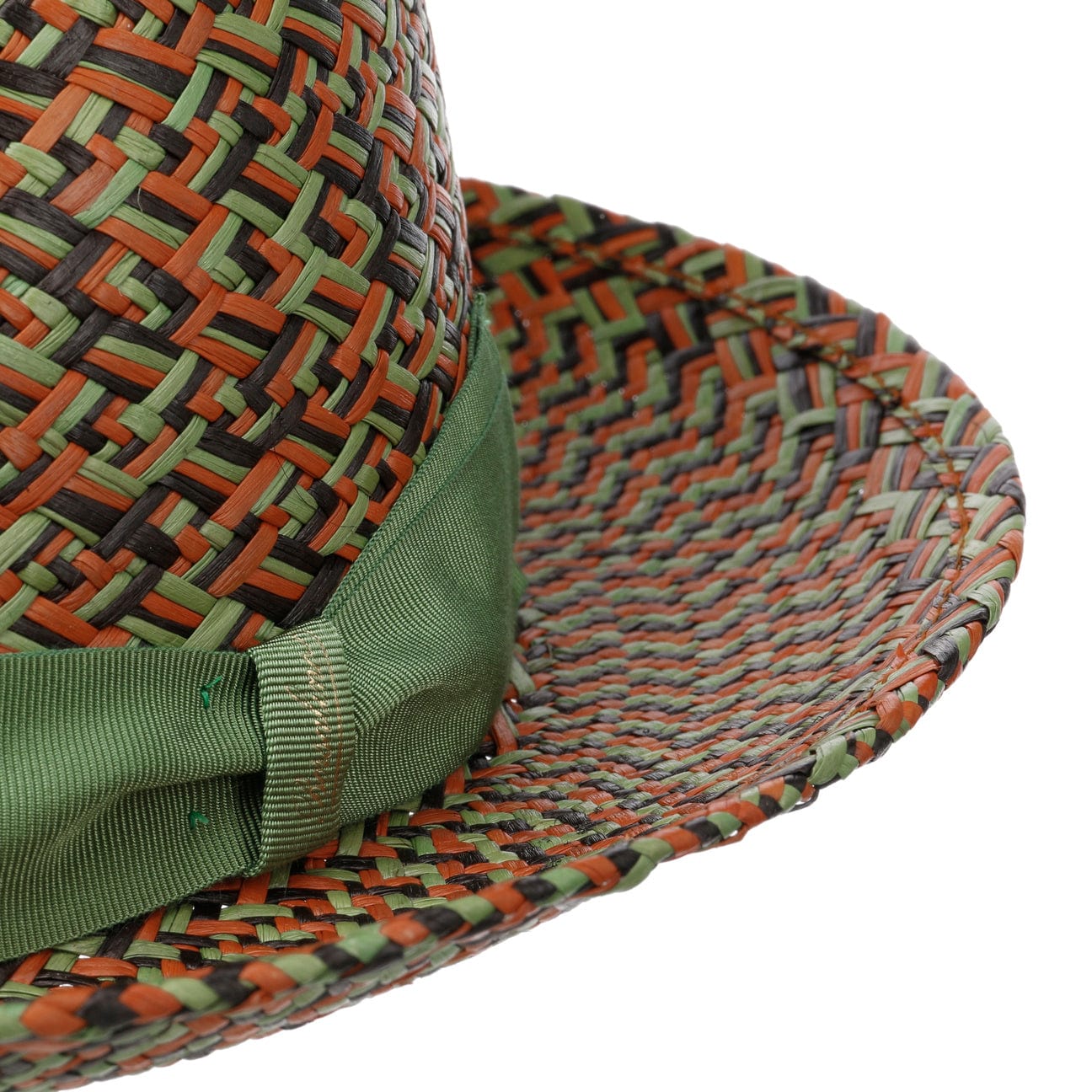Filters
Filters
The Straw Hat – More Than Just Sun Protection
The History of the Straw Hat
The first warm rays of spring sunshine, a relaxing beach vacation, or a day in the garden creating your dream outdoor space – all perfect occasions to don a stylish and breezy straw hat. With centuries of tradition behind it, the straw hat is more than just a reliable shield against UV rays; it’s a timeless fashion statement.
A Timeless Accessory Through the Ages
Straw hats have taken many forms over the years and remain an enduring accessory. For instance, in 1906, U.S. President Theodore Roosevelt popularized the Panama hat. Meanwhile, the classic Florentine straw hat, also known as a boater in England, a Canotier in France, and a Kreissäge in Germany, has been a staple of men’s fashion since the 1920s. Women’s Florentine hats from the 1930s and 1950s, featuring flat crowns and wide brims, are equally iconic.
The Modern Straw Hat
Today, the straw hat is experiencing a resurgence in popularity. From pork pie hats to trilbies and fedoras, modern straw hats come in a variety of styles. Even traditional Bavarian straw hats have found their place in contemporary wardrobes. In 2018, French designer Jacquemus captured attention with his oversized "La Bomba" straw hat, cementing the accessory’s place in high fashion. No matter the style, the type of straw used greatly influences the hat’s characteristics.
Types of Straw: What Makes a Straw Hat Unique?
Straw hats are crafted from dried leaves, stalks, or fibers from plants like grains, oil crops, or fiber plants. These natural materials give straw hats their light, breathable, and durable qualities, making them a practical and stylish choice for sunny days.
The Advantages of Straw Hats:
-
Wide brims provide excellent sun protection for the scalp, face, and neck.
-
Breathable materials keep your head cool.
-
Lightweight and comfortable for all-day wear.
-
Versatile and timeless style options.
Popular Types of Straw for Hats
The unique properties of straw hats depend on the type of straw used. Here are some of the most common materials:
Raffia Straw: Derived from the fibers of tropical palm trees, raffia straw is both flexible and durable, making it ideal for hat-making. This natural material is pest-resistant but can be sensitive to high humidity.
Paper Straw: An industrially produced material made from natural cellulose, paper straw offers a flexible and water-resistant alternative to traditional straw. Perfect for poolside parties, paper straw hats mimic the look of natural straw while being more durable.
Panama Straw: Panama hats, crafted from Paja Toquilla straw, are renowned for their lightweight, fine weave, and light color. Originally from Ecuador, these premium straw hats are comfortable, stylish, and scientifically proven to provide cooling benefits.
Hemp Straw: Hemp straw includes subtypes like:
-
Abaca (Manila Hemp): Made from banana plant fibers, it’s soft, skin-friendly, and durable.
-
Sinamay: A firmer material from Filipino hemp, often used in occasion hats and fascinators.
-
Sisal: Derived from agave leaves, this fine fiber has a slight sheen and is incredibly comfortable to wear.
Elevate Your Style with a Straw Hat
Whether you're at the beach, a garden party, or exploring a new city, a straw hat combines functionality and flair. Explore the diverse range of styles and materials to find the perfect straw hat for your next sunny adventure!





